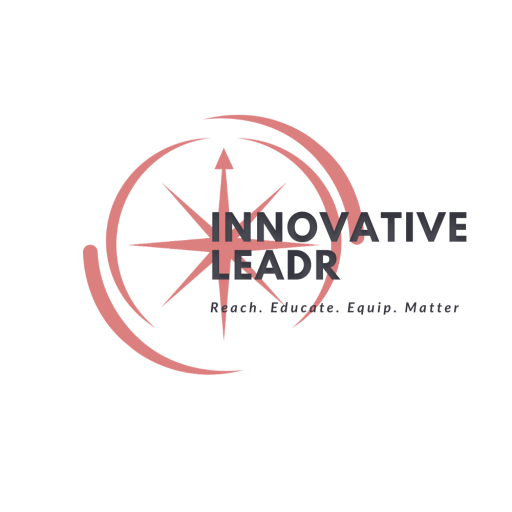MTSS Framework for Educators, Teachers, School Districts – Common Misconceptions
As an educator or parent, you may have heard the trending buzzword in education, MTSS (Mult-tiered System of Support). While you may have some basic knowledge about what it is, you may not fully grasp its purpose. In its simplest form, an MTSS framework helps teachers, schools, and districts identify struggling students, so they can implement strong core instruction and an early intervention program. Despite its importance, many misconceptions still exist about the MTSS process today, including the following:
1. MTSS is a curriculum or program—The MTSS framework is a total school improvement process. It is not a curriculum that teachers adopt and follow in their classroom. Rather, it is a proactive process that involves several elements, such as screening students early on in the school year, using evidence-based strategies during core instruction and interventions, providing staff with professional development, involving families in student-level problem solving and more.

2. MTSS and special education are separate—The inclusive MTSS framework and special education programs are separate supports that feed into one another. All students who qualify for special education are still served a majority of the day in the general education classroom, where they also receive layered MTSS supports. Rate of progress is determined after students receive appropriate levels of support, including differentiated core instruction and strategic (tier 2) and intensive (tier 3) interventions. If implemented to fidelity and a student is still exhibiting academic or behavior gaps, the team may decide to pursue a Special Education evaluation. If the student is found eligible by the IEP team, data collected from the MTSS process is essential to determine student academic and behavioral goals and objectives while developing an IEP.
3. All students are placed into interventions—The MTSS framework uses three tiers (Tier 1, Tier 2, and Tier 3), and every student is involved. More specifically, teachers use methods to teach their students that are backed by research, and every student undergoes screening to determine who is responding to these evidence-based strategies and who is not. At the earliest point, students may be divided into small groups to account for varying areas of need and strengths.
